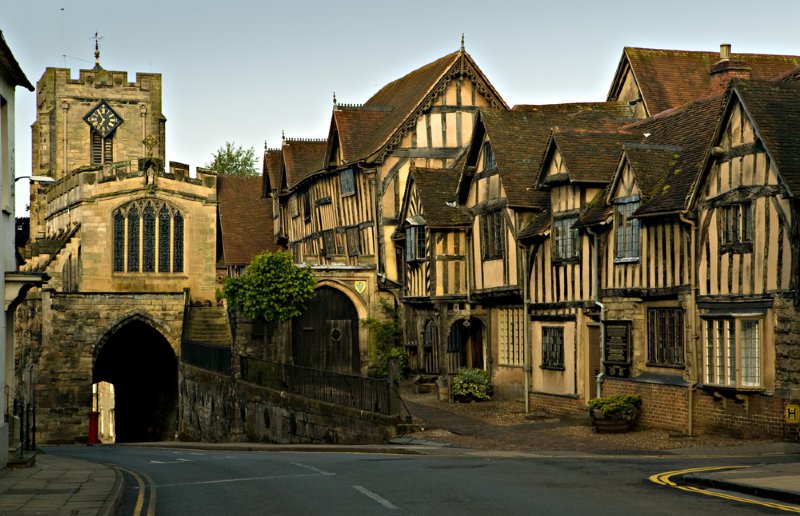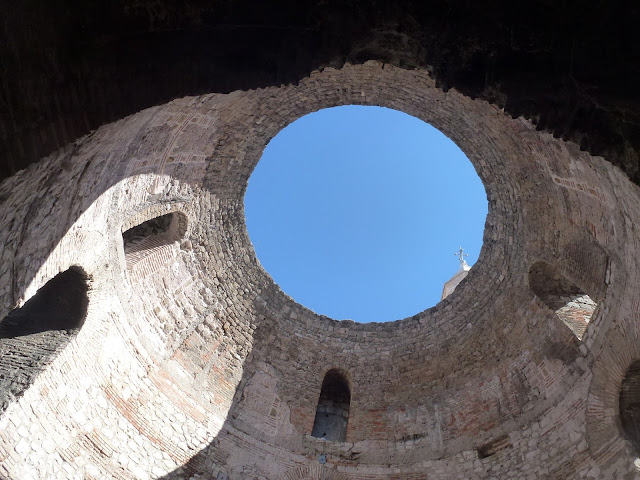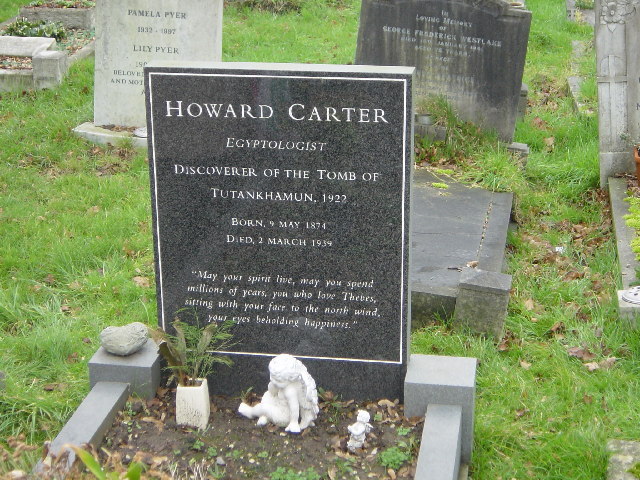 We went to Canterbury for Christmas. On Boxing Day – 26th
December – we had our traditional outing to explore a local historic town. This
year it was Faversham, on the north Kent coast, lying up a creek and surrounded
by marshes. Faversham was once an important port, ferrying goods to and fro up
the Thames in sailing barges, and lying on the coach road between London and
Dover. And it’s a place of great visual fascination. Once a sailor’s town, a
wharf, a shipbuilding centre and an early industrial place of gunpowder manufacture, it has a medieval hub
of some grandeur, and many pubs. Somewhat down at heel now it retains immense
charm and interest - streets of half-timbered houses and overhanging roofs, stucco facades, narrow passage ways and curious shop signs.
We went to Canterbury for Christmas. On Boxing Day – 26th
December – we had our traditional outing to explore a local historic town. This
year it was Faversham, on the north Kent coast, lying up a creek and surrounded
by marshes. Faversham was once an important port, ferrying goods to and fro up
the Thames in sailing barges, and lying on the coach road between London and
Dover. And it’s a place of great visual fascination. Once a sailor’s town, a
wharf, a shipbuilding centre and an early industrial place of gunpowder manufacture, it has a medieval hub
of some grandeur, and many pubs. Somewhat down at heel now it retains immense
charm and interest - streets of half-timbered houses and overhanging roofs, stucco facades, narrow passage ways and curious shop signs.
 |
| The medieval market hall |
An array of pubs, operational and defunct - witness to a town of seamen:
Yellow brick:
And black and white timber. This house was the scene of one of the most notorious murders of the sixteenth century:
Recent textual analysis reveals that Shakespeare had a hand in writing 'Arden of Feversham'. We know that during the summer of 1596 the theatres of London were closed because of plague, and Shakespeare and his fellow actors of the company of The Chamberlain's Men took their plays on tour. They acted in Faversham. Did they treat the locals to a version of events on their doorstep?
We also saw...
Glimpses down alleyways:
Festive front doors:
A Thames sailing barge:
A rare medieval painted pillar in the church:
And a pack of beagles:
Happy Christmas...!

















































